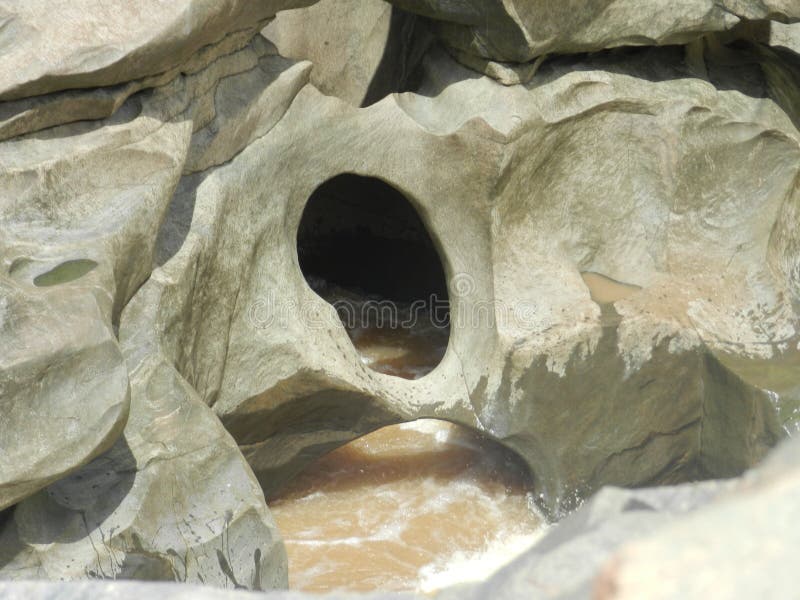
Various canals, chambers, and cavities enable water to move through the sponge to allow the exchange of food and waste as well as the exchange of gases to nearly all body cells.įigure 28.2 Sponges. Since water is vital to sponges for feeding, excretion, and gas exchange, their body structure facilitates the movement of water through the sponge. Sponge larvae (e.g., parenchymula and amphiblastula) are flagellated and able to swim however, adults are non-motile and spend their life attached to a substratum. Thus, functionally, the poriferans can be said to have tissues however, these tissues are likely not embryologically homologous to our own. But even though they are not considered to have true tissues, they do have specialized cells that perform specific functions like tissues (for example, the external “pinacoderm” of a sponge acts like our epidermis). This is because they do not create a true gastrula during embryogenesis, and as a result do not produce a true endoderm or ectoderm.

We should reiterate here that the Porifera do not possess “true” tissues that are embryologically homologous to those of all other derived animal groups such as the insects and mammals.

The split between the Parazoa and the Eumetazoa (all animal clades above Parazoa) likely took place over a billion years ago. This clade currently includes only the phylum Placozoa (containing a single species, Trichoplax adhaerens), and the phylum Porifera, containing the more familiar sponges ( Figure 28.2). We will start our investigation with the simplest of all the invertebrates-animals sometimes classified within the clade Parazoa (“beside the animals”). However, one of the most ancestral groups of deuterostome invertebrates, the Echinodermata, do produce tiny skeletal “bones” called ossicles that make up a true endoskeleton, or internal skeleton, covered by an epidermis. Explain the various body forms and bodily functions of spongesĪs we have seen, the vast majority of invertebrate animals do not possess a defined bony vertebral endoskeleton, or a bony cranium.Describe the organizational features of the simplest multicellular organisms.By the end of this section, you will be able to do the following:


 0 kommentar(er)
0 kommentar(er)
